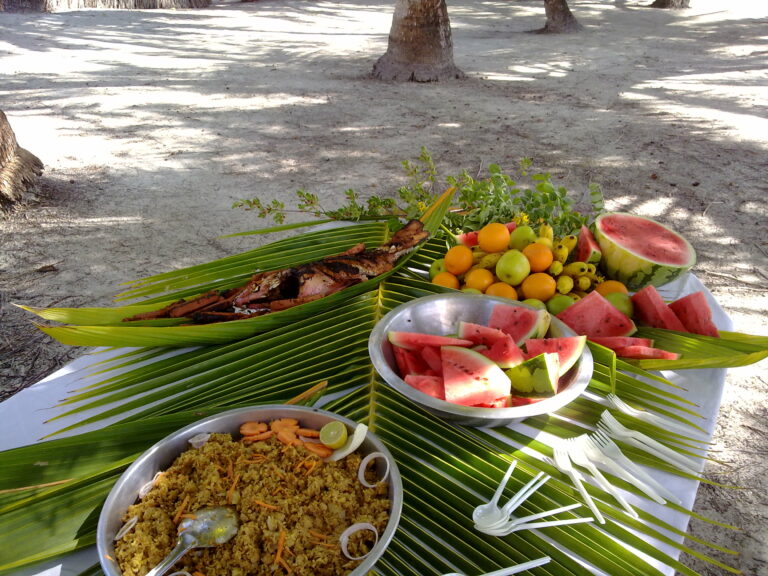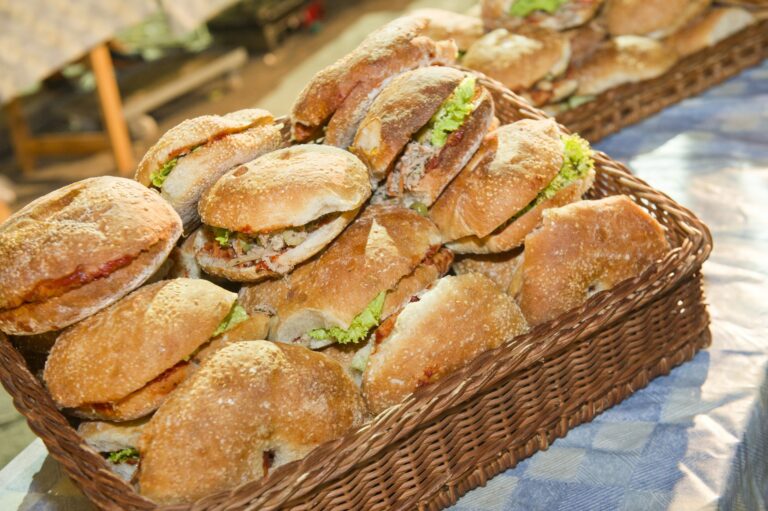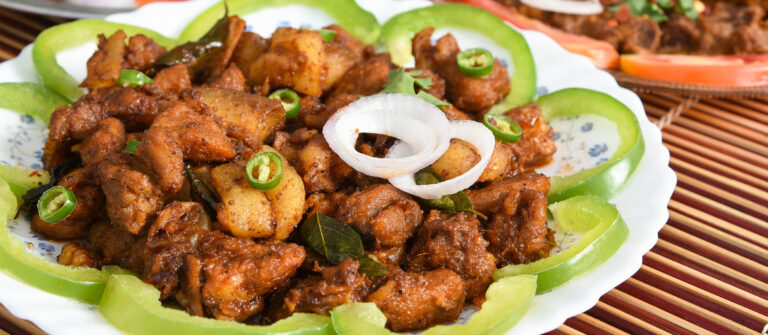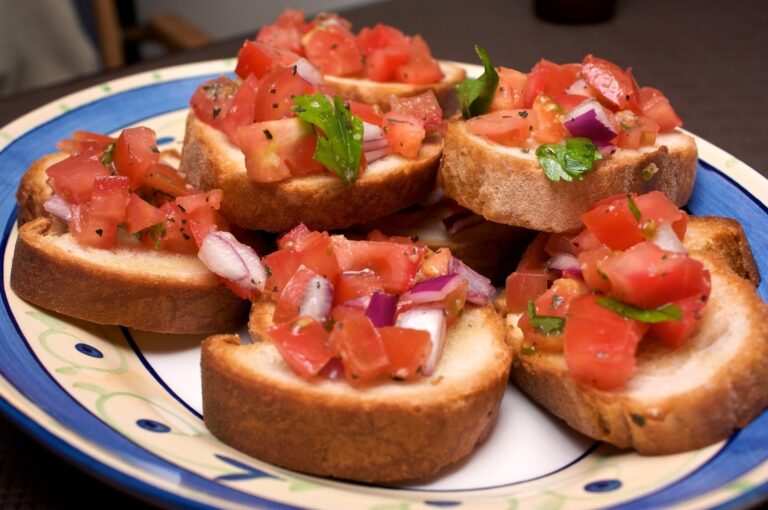Introduction: Maldivian Cuisine
Maldivian cuisine is a fascinating blend of Indian, Sri Lankan, and Arab influences. The cuisine is primarily based on fresh seafood, coconut, and spices. The Maldives is a tropical paradise that is home to a vast array of marine life, which is why seafood is one of the main staples of Maldivian cuisine. Some of the most popular dishes in the Maldives include Mas Huni (a spicy tuna salad), Garudhiya (a fish soup), and Fihunu Mas (a grilled fish dish).
Discovering Lesser-Known Dishes
The Maldives has a diverse range of local dishes that are not as well-known as some of its more popular dishes. For example, Rihaakuru is a traditional Maldivian fish paste made by boiling fish heads and bones with salt. This paste is used as a base for many stews, curries, and sauces in the Maldives. Another lesser-known dish is Dhon Riha, a fish stew made with fresh coconut milk, chilies, and curry leaves. This dish is usually served with roshi (a type of flatbread).
Unique Ingredients in Maldivian Cuisine
Coconut is a quintessential ingredient in Maldivian cuisine. This versatile fruit is used in many dishes, such as curries, stews, and desserts. Another unique ingredient is the Maldivian chili, which is known for its intense heat and fruity flavor. It is used in many dishes to add a spicy kick, such as in the popular dish Mas Huni. Other unique ingredients in Maldivian cuisine include dried tuna, curry leaves, and pandan leaves.
Regional Specialties Across the Maldives
The Maldives is made up of 26 atolls, each with its own distinct cuisine. For example, the cuisine in the northern atolls typically includes more rice dishes, while the southern atolls are known for their seafood curries. In the central atolls, coconut is a staple ingredient in many dishes. Each region has its own unique blend of spices and ingredients, and exploring the different regional specialties is a great way to experience the diversity of Maldivian cuisine.
Traditional Foods of Remote Islands
Some of the most authentic Maldivian cuisine can be found on the remote islands of the Maldives. These islands rely heavily on fishing and agriculture, and many of the traditional dishes are made using locally grown ingredients. Some of the most popular dishes include Huni Roshi (a bread made with coconut and fish) and Bambukeylu Hithehi (a dish made with grated coconut and tuna).
Famous Local Delicacies and Their Recipes
One of the most famous local delicacies in the Maldives is Garudhiya, a fish soup made with fresh tuna. To make Garudhiya, the fish is boiled with water, onions, garlic, and ginger until the broth is rich and flavorful. The soup is then served with rice, lime, and chili. Another famous dish is Mas Huni, a spicy tuna salad made with grated coconut, onions, chilies, and lime juice. These dishes, along with many others, are a testament to the rich and diverse cuisine of the Maldives.






